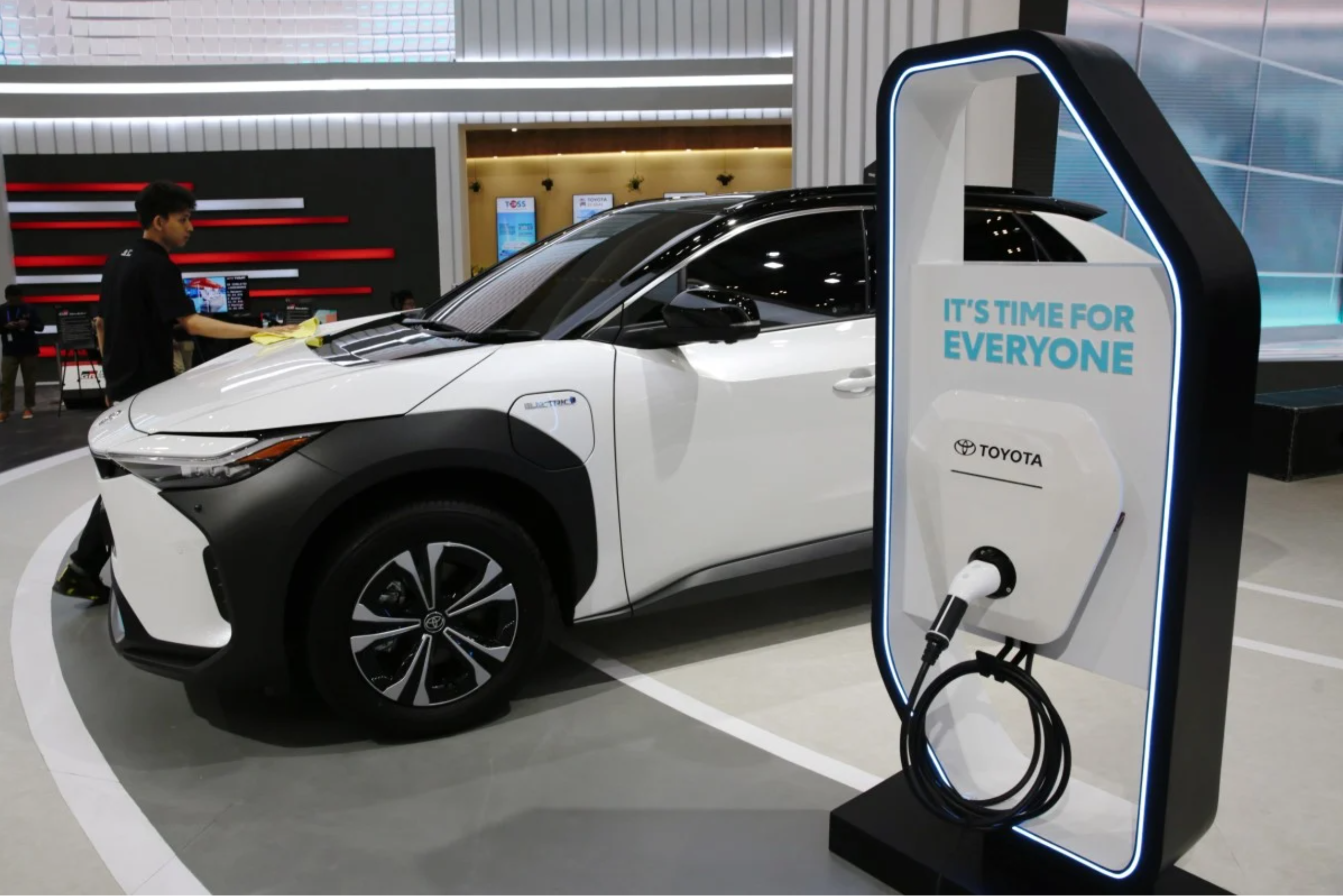As the far- and wide-reaching social and economic effects of climate change intensify, the science is abundantly clear: greenhouse gas emissions have to be reduced before the situation becomes irreversible and there’s no green left in this greenhouse we call home.
But in many countries across the planet, emissions are still on the rise — a challenge made worse by recent events like the conflict in Europe and the knock-on effects to the region’s energy supplies — and beyond.
More than ever, we need a concerted effort to realise the vision of net-zero emissions by 2050, with close collaboration between the private and public sectors. And the way to achieve this goal is by deploying climate technologies. Businesses and governments need to work together on two fronts: decarbonising by reducing the fossil-fuel base while meeting rising energy demands, and by building new green businesses.
Luckily, investments in green businesses are growing, in both the private and public sectors. And in the case of businesses, there is a big shift towards demonstrating green credentials, with about 60% of global investment funds now carrying a focus on ESG topics. Green is the new Black: ESG and profits can co-exist, and is even sought after by investors.
But how much of this is real, or just lip service? And can big business really go green without slipping into the red? As a jump-off point, let’s examine the EV industry — both with its abundance of sunk capital, and as a climate technology that promises so much…
EV sales are now predicted to outpace fossil-fuel powered (ICE) vehicles by as early as 2033. This earlier-adjusted date is due to 4 main factors: tougher CO2 emissions standards and zero-emission vehicle mandates; extra incentives safeguarding EV sales from economic downturn; a rapid expansion in EV models; and ever-falling Lithium-Ion Battery pack costs.
That last factor has some interesting implications for ESG — especially when in the next 20 years, it’s estimated that EVs will generate 90% of global LiB battery demand. In fact, according to the IEA’s latest report on ‘The Role of Critical Minerals in Clean Energy Transition’, even by 2030, Lithium and Cobalt supplies from existing mines and projects will only meet 50% of global demand.
One issue this immediately raises, is the urgent need to recycle. Not only to deal with the prospect of a massive pile of spent batteries, but also to ensure that supply can meet demand, by recovering some of the precious metals in batteries and giving them a second and a third life. So for this reason alone, mining and automaking have a big part to play in the ESG bigger picture — by making recycling a core part of their long-term ESG strategies.
The domino effect of a genuine commitment to recycling batteries, will be alleviating the pressure on mining resources, and closing the price gap between EVs and fossil-fuel cars, which in turn will incentivise both EV makers and buyers to make the switch. And in this very real sense, ESG can be very good for business — not just the planet.
But here’s the catch. ESG drives must be genuine, not the “greenwashing” we’ve seen by certain companies who are superficially committed to sustainable investment strategies — and who are only really after the resulting PR halo that guilders their bottom line.
“For purpose to become embedded, the assumption that people are only motivated by money, status and power must change.”
But the good news for businesses and economies alike, is that the green future we all aspire to doesn’t
have to come at the expense of the other green stuff — money.
ESG and Profits Can Co-Exist
Few understand this better than Isaac Getz of ESCP Business School in France. In his latest book, L’Entreprise Altruiste, Getz goes beyond purpose-led, conscious or inclusive capitalism, where companies balance purpose and profit. The book is a fascinating search for “altruistic enterprises” that take “unconditional care” of staff, suppliers, customers and communities, with the underlying assumption that financial success will follow naturally.
And it can. Because the real green future is one where Nature and profits can coexist without cannibalising each other. In other words, the outlook is positive for both capitalism and care. And even though some “greenwashers” will always undermine its good intent, ESG is very much alive and well.
Regardless of the industries, the country, or the size of the company, businesses worldwide have been allocating more resources toward ESG. At the last count, over 70% of Russell 1000 companies, and over
90% of S&P 500 companies, now publish ESG reports. What’s more, in many places it’s now a legal requirement to report ESG initiatives — and other countries are following suit. In the US for example, the
Securities and Exchange Commission is considering new rules that require all businesses to provide a detailed disclosure of their climate-related risks and greenhouse gas emissions.
Written for Pan Asia Metals by Josh Bryer




